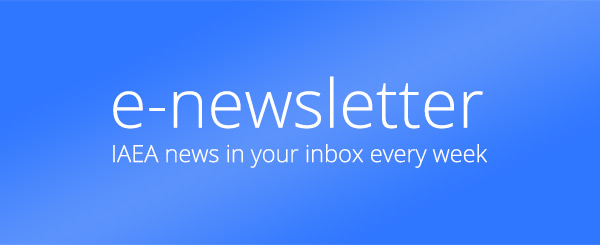Coupling Isotope-enabled Water Balance Modelling with Isotope-enabled Climate Modelling
Open for proposals
Project Type
Project Code
F31008CRP
2395Approved Date
Status
Start Date
Expected End Date
Participating Countries
Description
Early warning of climate risk is the gold standard that scientists, managers and governments are working towards. Doing this requires a detailed understanding of not just the amount of precipitation being generated but also the transferal of this precipitation to the surface water system and thereafter to the groundwater system. It is the amount of water that the ground can receive and absorb that is the most challenging to quantify. Isotope-enabled modelling advances this ability by reducing uncertainty in water balance modelling through the incorporation of an additional variable – the water isotopes – that helps to reduce uncertainty in the model outputs. This allows water managers to more accurately determine how precipitation is being partitioned into runoff, interflow (water moving through the unsaturated zone) and groundwater and allows them to model how much water each system is capable of receiving but also evaluating when water is becoming scarce. Whilst there is general agreement that isotope-enabling a water balance model improves the modelling output, the approach is hindered by the lack of suitable long-term datasets, particularly precipitation isotopes which are the main input function to these models. In the absence of physical data, isotope-enabled climate models can simulate precipitation isotopes that can then be used as the model input function. Whilst in theory, this sounds like a simple and elegant solution, in practice that are a multiple of issues to do with compatibility of datasets, validation and calibration of models, and robustness of metadata that need to be resolved. Further to this, there are significant issues around linking isotope-enabled hydrological models with isotope-enabled climate models, the first of which is whether the coupling should be a “hard” coupling (the code is directly linked) or a “soft” coupling (the data can be taken from one model and used directly as the input to the second model). The objective of this CRP will be to examine these issues and make recommendations regarding the coupling of isotope-enabled hydrological models with isotope-enabled climate models. The longer-term goal would be to develop a flexible forecasting system using coupled hydrological and climate isotope-enabled models to reduce uncertainty in hydrological predictions (particularly extreme drought).
Objectives
To improve integration of isotope tracers into hydrological and climate modelling systems and coupling of these modelling systems for more robust simulations for water availability forecasting

